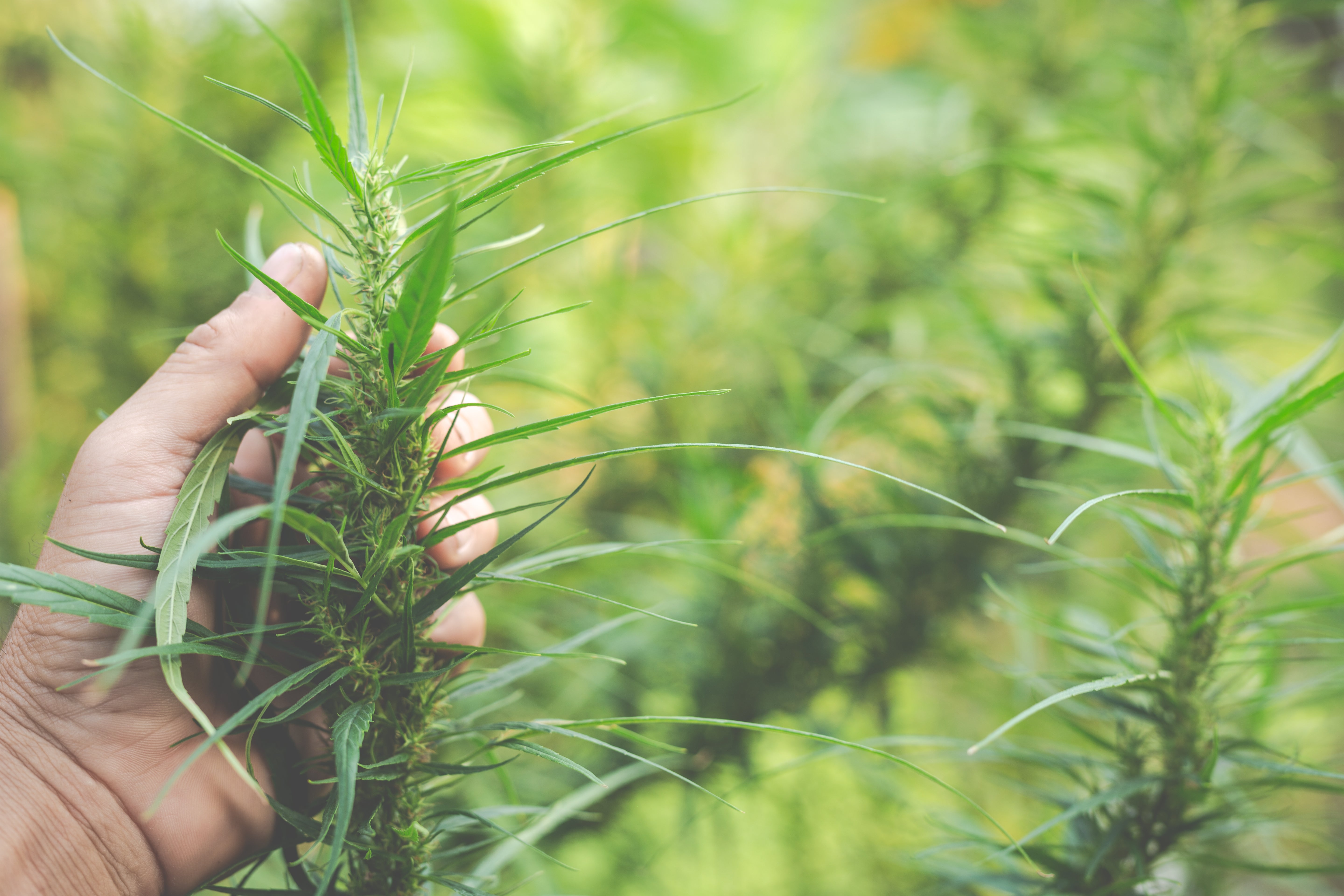Walking through colonial America, one would see hemp plants swaying in the breeze—a testament to hemp's crucial role in the growth of the young nation. From Jamestown to the Carolinas, hemp represented the industrious spirit and resilience that shaped early America.
In the colonies, hemp was indispensable and integral to daily life and the economy. This versatile crop enabled the production of rope, sails, and paper—key commodities in trade and everyday activities. Hemp was the backbone of colonial society, from small farmers to budding entrepreneurs, and established a foundation for the thriving industries that would define the nation's early economy.
Key Takeaways
- Industrial hemp was a cornerstone of colonial America's economy, vital to agriculture, industry, and trade.
- Hemp provided essential raw materials used in textiles, paper, and construction, demonstrating its adaptability.
- The crop's sustainable agriculture practices were fundamental to the colonies' growth and are instructive for modern farming.
- Despite its historical significance, hemp’s role and eventual legal challenges are often overlooked in the context of U.S. history.
How Industrial Hemp Built the Colonies?
Industrial hemp was indispensable to colonial America. As one of the primary crops cultivated by early settlers, hemp provided essential fiber, fuel, and food. This crop was especially valued for its resilience and adaptability, making it well-suited to the diverse climates and soils of the American colonies.
Colonial governments, recognizing the crop’s economic potential, encouraged hemp farming through legislative measures, even at times mandating hemp cultivation. This government support underscored the value placed on hemp as a crop that could support the colonial economy independently of British imports.
Hemp Fiber Production and Colonial Life

Hemp fiber was celebrated for its strength and flexibility, making it ideal for textiles and durable paper. The crop was woven into the fabric of colonial life, literally and figuratively, as it was used to produce everything from clothing to sails. The ability to rely on locally produced hemp minimized the colonies’ dependence on British imports, allowing for greater self-sufficiency.
Hemp as a Building Material

Colonial Americans utilized hemp in construction, blending it with lime to create "hempcrete" for building. This sustainable material provided insulation and structural support, proving that hemp’s utility extended beyond the farm and into the building of homes and communities.
Sustainable Hemp Agriculture: A Legacy of the Colonies
The early settlers of America showed us how to farm in a green way. They grew hemp as a key crop. This shows us how to farm today, making our land healthier.
Hemp was a smart choice for the colonists. It grew well in many soils and needed little care. This helped the land stay healthy, setting a good example for the future.
Today, we still use the old ways of farming hemp. We do things like planting cover crops and rotating crops. These methods keep the soil rich and help plants grow better.
"The sustainable practices employed by our colonial ancestors in hemp cultivation have proven to be timeless, offering valuable lessons for modern farmers and policymakers alike."
Now, more people want to farm in a way that's good for the planet. The old ways of farming hemp remind us to care for the land. By using these old methods, we can make farming better for everyone.
| Sustainable Practices in Colonial Hemp Farming | Modern Sustainable Agriculture Techniques |
|---|---|
|
|
The Forgotten History of Hemp Legalization
The story of hemp legalization in the United States is fascinating but often forgotten. Hemp was once common in colonial America. But, its ban and negative image have changed how we see it today.
Hemp Crop Cultivation: A Sustainable Solution
Hemp was key to colonial life and economy. Farmers grew it for strong fibers, making ropes, sails, and clothes. It was good for the environment and helped farmers grow food with little water and no pesticides.
But, synthetic materials and cannabis laws hurt the hemp industry. This made hemp's history seem forgotten. Now, we're seeing hemp's value again as we look for sustainable ways to farm.
| Key Advantages of Hemp Cultivation | Sustainable Hemp Agriculture |
|---|---|
|
|
Hemp's comeback shows we're looking for sustainable farming. By learning from hemp's past, we can use it to make our future better. This crop has a lot to offer for a greener tomorrow.
"The true history of hemp in America has been buried, but its future is bright. By reclaiming this forgotten past, we can unlock the vast potential of sustainable hemp agriculture."
Conclusion
The history of industrial hemp in colonial America demonstrates the ingenuity and foresight of the nation’s earliest settlers. Hemp was essential in supporting agriculture, industry, and trade, laying a foundation for economic stability and growth. This resilient crop, versatile enough for textiles, building, and food, epitomized colonial America's resourcefulness.
Reflecting on hemp's role in building the colonies reveals its practical uses and its symbolic significance in the story of America’s growth. As hemp resents in modern agriculture, revisiting the sustainable practices of the past can guide us toward a more resilient, eco-friendly future.
Frequently Asked Questions
1. How did industrial hemp play a crucial role in shaping the early development of colonial America?
Answer:
Industrial hemp was pivotal in supporting the colonial economy through its many uses in industry, agriculture, and trade.
2. What was the role of hemp farming in colonial America?
Answer:
Hemp was a primary crop for farmers, valued for its versatility and environmental benefits, shaping both the agricultural landscape and colonial policies.
3. How did hemp contribute to the colonial economy?
Answer:
Hemp supported the shipbuilding, textile, and paper industries and became a valuable export, fostering prosperity in the colonies.
4. Why is hemp’s historical significance often forgotten?
Answer:
Legal challenges and misconceptions overshadowed hemp’s legacy, but renewed interest in sustainable agriculture highlights its enduring value.







Share:
Hemp's Role in Environmental Cleanup: PFAS Absorption
Q&A: Audience questions about hemp's early uses